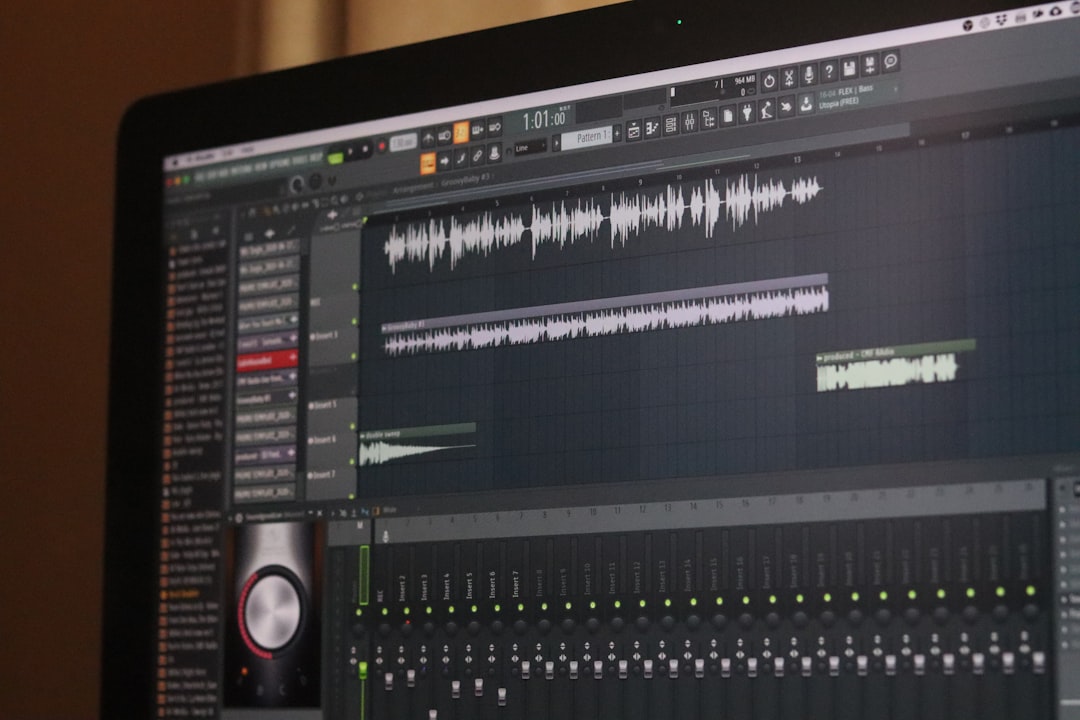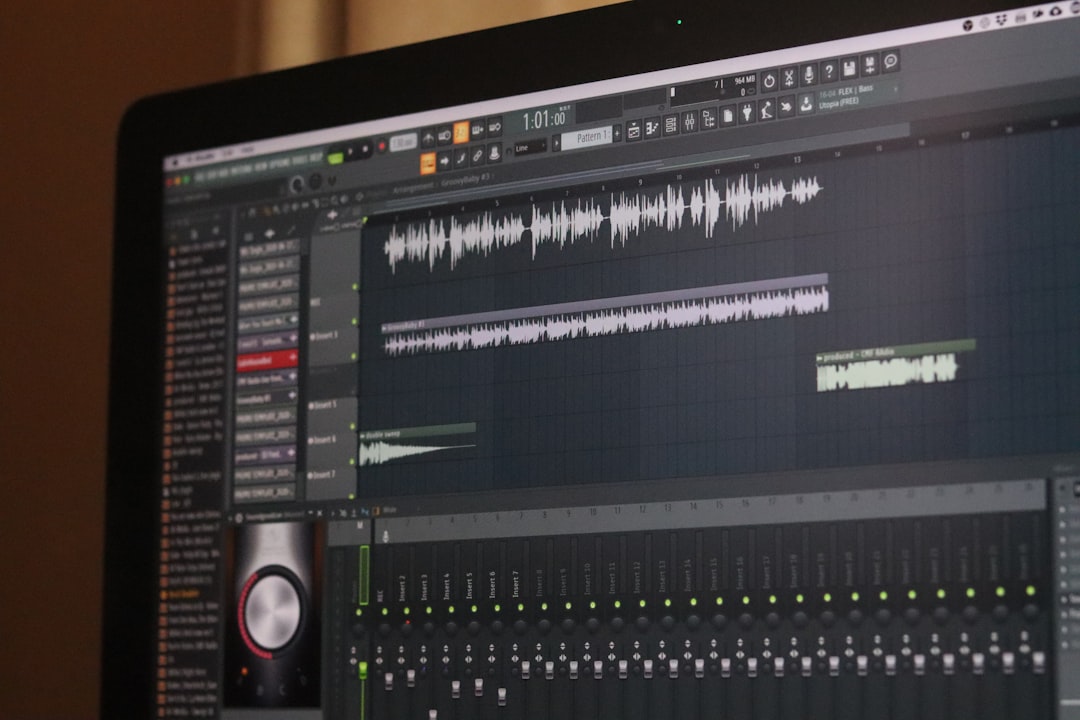As musicians and digital audio enthusiasts continue to embrace new tools in 2025, working with different file formats remains a daily challenge. One such challenge is converting compressed ZIP archives into usable SF2 files—the SoundFont 2 format that plays a significant role in sampling, sound libraries, and MIDI playback. Whether you’re producing electronic music, designing sound effects, or enhancing a virtual instrument setup, understanding how to efficiently convert ZIP to SF2 is essential.
Fortunately, advancements in free software have made this process simpler than ever. In this guide, we’ll explore how you can convert ZIP files containing SoundFont data into usable SF2 files using trusted, free tools in 2025. We’ll also touch on best practices and what to look out for when downloading and working with sample libraries.
Contents
Understanding the Basics: What Is a ZIP File and What Is an SF2 File?
A ZIP file is a common compressed archive format that packages multiple files and folders into a single, smaller file. This compression helps with storage and makes it easier to distribute assets, such as a sound library. Often, SoundFont files are distributed in ZIP format to save space.
An SF2 file is short for SoundFont 2, a format developed by E-mu Systems and Creative Technology. SF2 files contain sampled audio data, instruments, and presets used in MIDI applications. They allow musicians to play realistic instrument sounds within digital audio workstations (DAWs) or virtual synthesizers.
Why Convert ZIP to SF2?
In many cases, developers and sound designers bundle SF2 files, along with documentation and other resources, into ZIP archives. These ZIP packages must be extracted before the SF2 file can be imported into your music production or sound design software.
However, in some cases, users may find that their ZIP archives contain multiple sound font versions or compressed instrument libraries that require further conversion or unpacking. That’s where specialized free tools come in—helping you extract, convert, and organize your sound assets for use.
Free ZIP to SF2 Conversion Tools in 2025
Here is our curated list of trusted, freely available tools in 2025 that allow you to convert or extract SF2 files from ZIP archives reliably and with minimal hassle:
1. Viena SoundFont Editor
Platform: Windows
Website: synthfont.com/Viena
While primarily an editor for SF2 files, Viena also handles ZIP files and can import SoundFont data directly from compressed folders. With an easy-to-navigate interface, it allows you to:
- Extract SF2 files from ZIP archives
- Edit instrument presets and parameters
- Organize multisample data
For users looking to both unpack and tweak their sound fonts, Viena is a capable all-in-one solution. It is regularly updated, and trusted by thousands of musicians and audio engineers.
2. Polyphone SoundFont Editor
Platform: Windows, macOS, Linux
Website: polyphone-soundfonts.com
Polyphone is another open-source soundfont editor that supports import and export functionality for SF2 files. It can read ZIP archives when browsing sound libraries and automatically extract compatible SF2 contents.
Key features include:
- Cross-platform support
- Visual waveform editing
- Drag-and-drop multi-layer instrument creation
Whether you’re just extracting SoundFonts or refining them for synthesis, Polyphone is a top-tier tool in 2025.

3. 7-Zip
Platform: Windows, macOS (via p7zip variant), Linux
Website: 7-zip.org
While not a sound editor, 7-Zip remains one of the most efficient file extraction tools in 2025. If you simply need to extract an SF2 file from a ZIP archive, this lightweight utility works flawlessly across platforms.
- Free and open-source
- Supports ZIP, RAR, TAR, and many other formats
- Drag-and-drop extraction interface
After extracting with 7-Zip, you can open the SF2 file with your favorite soundfont player or editor.
4. Online Audio Converter & Extractor Tools
In 2025, several browser-based tools can extract and convert ZIP contents into SF2 and other audio formats. While convenient, users should exercise caution to avoid uploading sensitive content to untrusted platforms.
Popular options include:
Keep in mind that conversion from ZIP to SF2 assumes the archive already contains SF2 material. These tools do not create SF2 files from raw audio or MIDI—they merely extract or transcode existing data.
How to Convert ZIP to SF2: Step-by-Step
Here’s a step-by-step guide you can follow to successfully convert or extract an SF2 file from a ZIP archive using any of the tools mentioned above:
- Download and install an extraction utility like 7-Zip or an editor like Polyphone or Viena.
- Locate your ZIP file that contains the SoundFont data (often downloaded from repositories or sample websites).
- Extract the contents of the ZIP file. Look for an *.sf2 file among the contents.
- Open the SF2 file in an appropriate application (for playback, editing, or exporting).
Some DAWs also offer direct import of SF2 files, allowing you to skip step 4 if your DAW supports drag-and-drop for SoundFont playback.

What to Look Out for When Downloading ZIP-Based SoundFonts
The open nature of SoundFont development leads to a wide variety of download sources. To ensure safety and compatibility, keep the following recommendations in mind:
- Use reputable sources like musical-artifacts.com or freeloops.com.
- Scan ZIP files with antivirus software before extracting.
- Read documentation included in the download—some ZIPs contain alternate versions or licensing notes.
- Check compatibility of .sf2 files with your DAW or sampler before committing to use.
Final Thoughts
Converting ZIP files to SF2 format is a straightforward process in 2025, thanks to the availability of high-quality, free tools. Whether you’re a producer looking to enrich your sound palette or a synth enthusiast exploring new tonal possibilities, applications like Viena, Polyphone, and 7-Zip offer reliable ways to manage and edit your sound libraries.
Always validate your sources and use tools that prioritize user control and transparency. With just a few clicks, you can unlock a world of creativity from a single ZIP archive—and let your music speak for itself.

